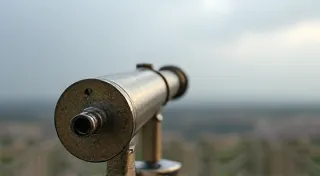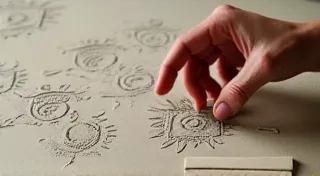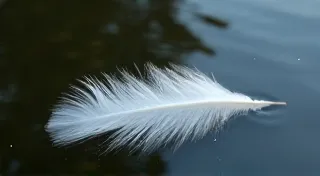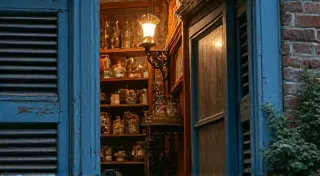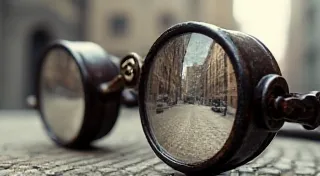The Collector's Mirror: How Antique Taxidermy Reflects Societal Obsessions
There's a quiet dignity to an antique animal mount. More than just a representation of a creature, it's a frozen moment in time, a testament to a relationship – however complex – between humanity and the natural world. Collecting antique taxidermy isn’t simply about acquiring objects; it’s about holding a piece of history in your hands, a window into the values, anxieties, and passions of previous generations. These aren’t just taxidermied animals; they are societal portraits, meticulously crafted in fur, feathers, and glass eyes.
My own fascination began, as many do, unexpectedly. I stumbled upon a magnificent red fox mount at an estate sale, its amber eyes seeming to hold a spark of untamed wilderness. The craftsmanship was undeniable: the subtle curve of its spine, the individual hairs meticulously placed, the delicate rendering of its whiskers. It wasn't just an animal; it was a narrative, a story waiting to be understood. That fox became the gateway to a deeper appreciation, a journey not just into the artistry of taxidermy, but into the cultural context that shaped its evolution.
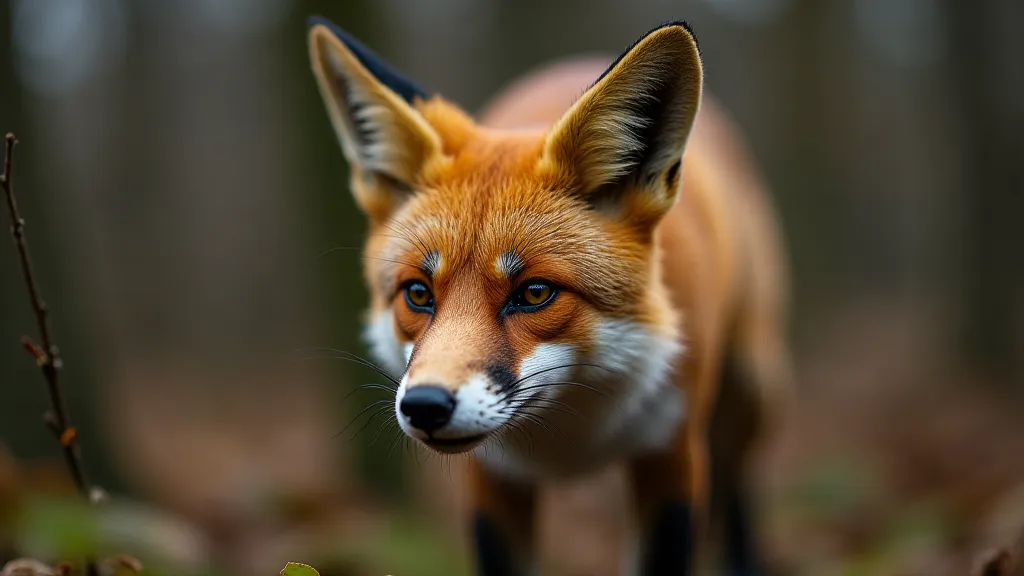
The Victorian Era: A Reign of Natural Curiosity
The Victorian era (1837-1901) represents a golden age for taxidermy. Fueled by the burgeoning field of natural history and the rise of the middle class, collecting became a fashionable pursuit. The Victorian fascination with nature stemmed from a complex interplay of factors: a romantic idealization of the wild, a desire to understand and categorize the natural world, and, perhaps most significantly, a sense of loss. The Industrial Revolution was rapidly transforming the landscape, pushing wildlife further into the margins, and taxidermy offered a way to preserve and display these creatures, albeit in a simulated environment.
Early Victorian mounts were often quite theatrical, designed to evoke a sense of awe and wonder. Animals were frequently posed in dramatic, often unrealistic, scenarios – a deer leaping over a fallen log, a lion attacking a gazelle. The quality of these mounts varied, but a skilled taxidermist could create a truly remarkable piece of art. These weren’t just trophies; they were conversation starters, symbols of wealth and knowledge. Understanding the deep-seated emotions behind such displays speaks to a larger phenomenon; sometimes, it feels like we’re trying to capture something lost forever, attempting to rekindle a flame with a technique that echoes the goals of an alchemist – reanimating history through antique taxidermy restoration. It's a pursuit driven by longing and a desire to preserve something ephemeral.
The Edwardian Period: A Shift Towards Realism
As the 19th century drew to a close and the Edwardian period dawned (1901-1910), a subtle shift occurred in the aesthetic of taxidermy. The theatricality of the Victorian era began to give way to a desire for greater realism. Mounts became more scientifically accurate, with careful attention paid to anatomy and posture. The focus shifted from creating a spectacle to capturing the essence of the animal in its natural habitat. This change reflects a broader societal trend towards scientific rigor and a more nuanced understanding of the natural world.
The craftsmanship remained paramount, but the emphasis was now on subtlety and accuracy. A skilled taxidermist would meticulously research the animal's behavior and habitat to create a mount that was both visually appealing and scientifically accurate. This era saw the rise of specialist taxidermists, many of whom worked for museums and institutions, producing mounts of exceptional quality. These were not just “stuffing” animals; they were sculptures in fur and feathers, demonstrating remarkable skill and attention to detail. The skill required to realistically depict the eyes of these animals, to capture that spark of life, often left viewers contemplating the emotions conveyed – a close examination of these expressions suggests a taxonomy of longing, a system of classifying and understanding the complex emotional resonances within those glass orbs.
The Interwar Years & Beyond: Depression and Decline, then Revival
The period between the World Wars saw a decline in the popularity of taxidermy. The economic hardships of the Great Depression and the rise of modern art movements diminished the appeal of traditional collecting. Many mounts were neglected, damaged by time and environmental factors. There was a general feeling that these displays were relics of a bygone era, perhaps even a little morbid.
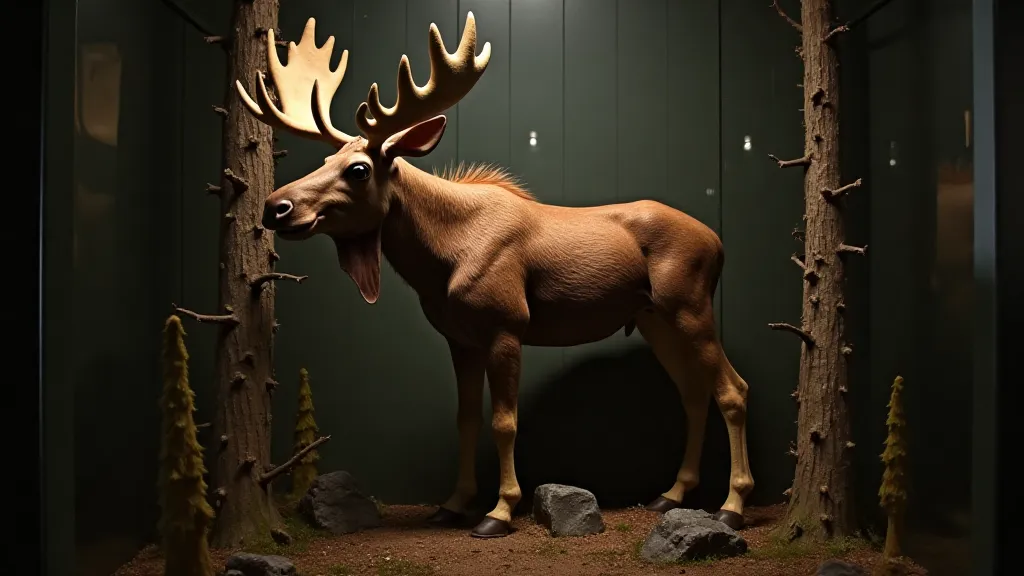
However, like many antique collectibles, taxidermy has experienced a remarkable resurgence in recent decades. Fueled by a renewed interest in natural history, a desire for unique and intriguing décor, and a growing appreciation for traditional crafts, antique taxidermy is once again gaining popularity. Modern collectors are drawn to the beauty, the history, and the inherent artistry of these pieces. They understand that each mount represents more than just an animal; it’s a tangible link to the past. The stories behind these mounts, the narratives of the hunter and the collection, are often obscured by time, demanding a careful detective work to piece together the full picture – unraveling the narrative behind antique trophy mounts. It becomes a fascinating pursuit in itself.
Identifying Key Features & Techniques
So, how can you begin to identify an antique taxidermy specimen? Several key features provide clues to its age and origin. Early Victorian mounts often exhibit a “stuffed” appearance, with a less natural posture and sometimes disproportionate features. The eyes, often made of glass, can be a particularly revealing indicator – early glass eyes are often painted with less detail than later ones. The quality of the fur or feathers is also crucial; older mounts often show signs of wear and discoloration.
Construction techniques also evolve over time. Early mounts were often constructed using wire armatures to support the animal’s form. As taxidermy techniques advanced, more sophisticated internal structures were used. The base or habitat also provides clues – Victorian mounts were frequently displayed on elaborate, purpose-built bases designed to mimic a natural environment. Later mounts were often placed on simpler bases or even directly onto display shelves.
More than Objects: Stories Frozen in Time
Collecting antique taxidermy isn’t just about acquiring objects; it’s about connecting with the past, understanding the history of human interaction with the natural world, and appreciating the skill and artistry of the taxidermist. Each mount tells a story – a story of the animal itself, of the hunter who acquired it, and of the collector who preserved it. They are tangible reminders of a world that is constantly changing, offering a poignant glimpse into a time when humanity’s relationship with nature was, perhaps, both more intimate and more complex. The fragility of these preserved moments, the constant threat of deterioration, underscores the importance of careful preservation and appreciation – considering the fragility of preservation in antique taxidermy collections adds another layer of depth to the collecting experience.
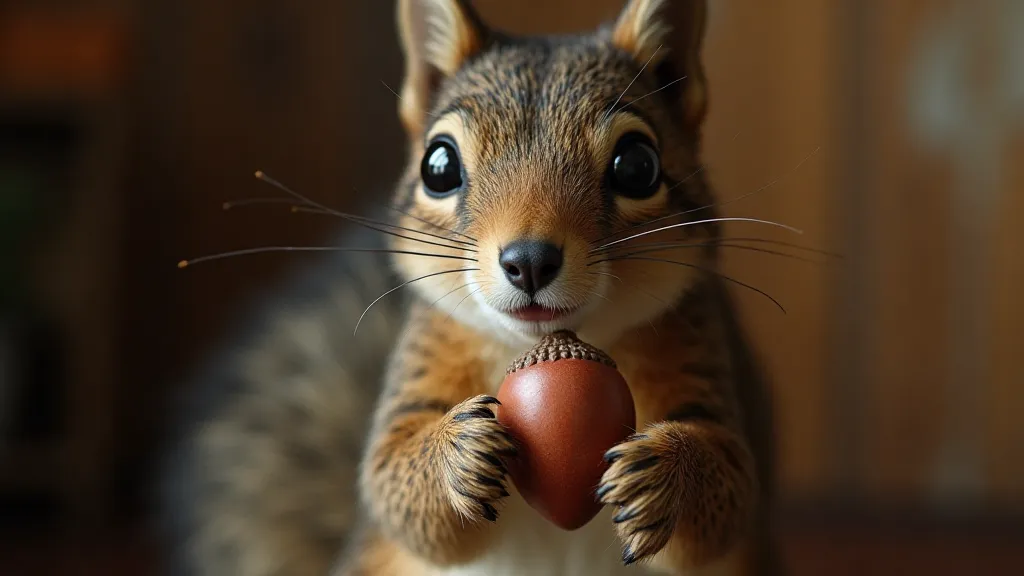
The challenge of maintaining these artifacts, of combating the ravages of time and the inherent instability of organic materials, requires specialized knowledge and a deep respect for the artistry involved. The knowledge needed to restore and protect these pieces, to ensure that they endure for future generations, is a testament to the enduring human fascination with the natural world and our desire to capture its beauty.
The beauty of antique taxidermy isn't simply aesthetic; it’s a window into a bygone era, a reflection of our evolving relationship with the natural world, and a testament to the skill and artistry of those who dedicated their lives to preserving these fleeting moments in time. It's a pursuit that demands patience, respect, and a deep appreciation for the stories that these objects hold.
The next time you encounter an antique animal mount, take a moment to consider the story it holds. It’s more than just a piece of taxidermy; it’s a collector’s mirror, reflecting our enduring fascination with the natural world and the enduring power of human artistry.

